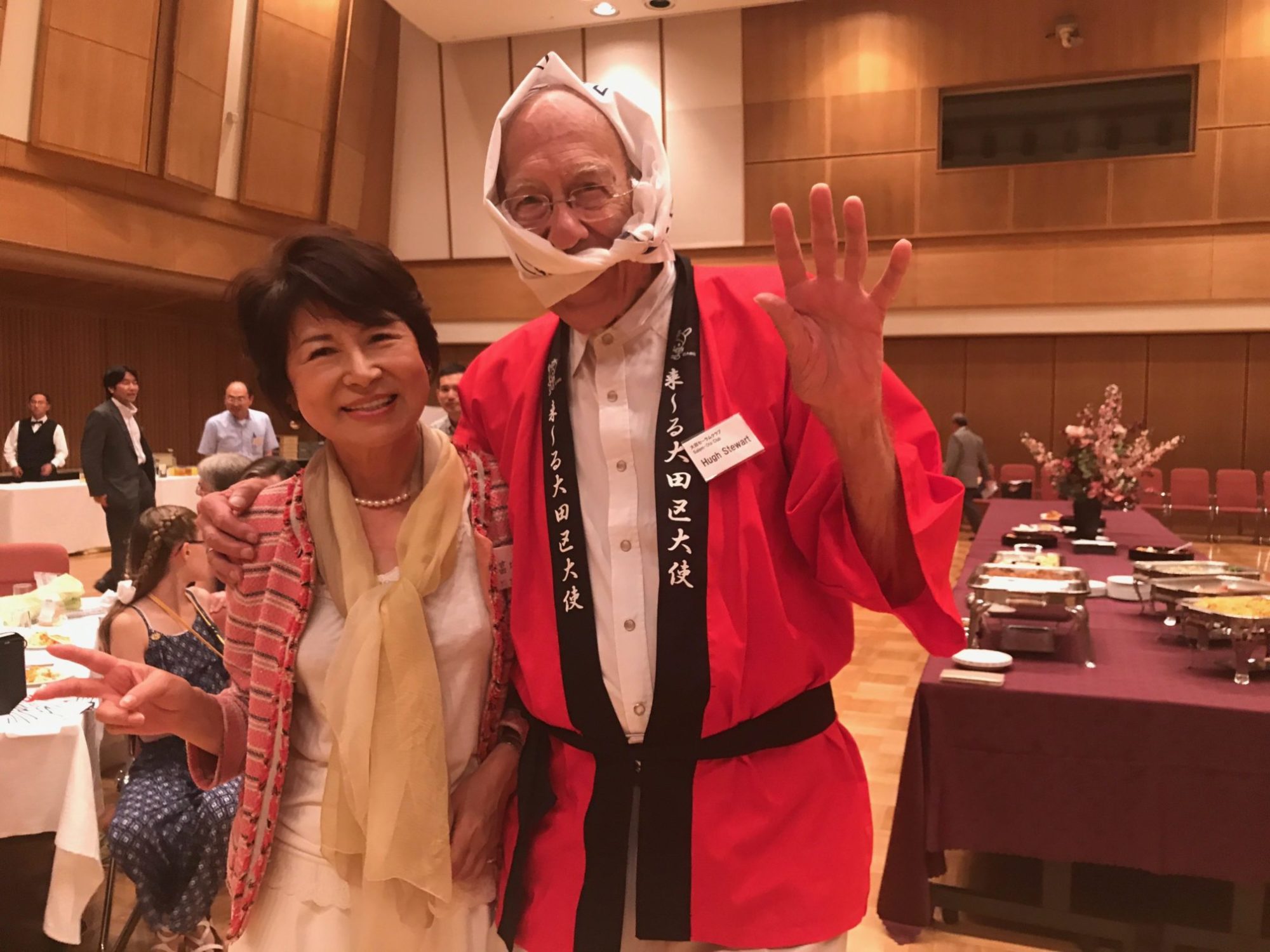June 1967 – Stony Brook Road, Hopewell Township
June 1970 Brant Beach, Long Beach Island, New Jersey
September 1970 – Franklin Avenue, Princeton, New JErsey
August 1971- Hendrickson Drive, Princeton Junction, New Jersey
Son Glen was born in 1969.
I finally left the BMEWS project and went to the Graphic Systems Division of RCA. It was a new division specializing in electronic phototypesetting. Our Videoccomp – which sold for around $250,000, did a fair job of what an $80 laser
I was in a group of one person doing advanced development – coming up with new ideas for the division. Then one day they assigned a leader to the group. I felt I deserved that job. I also felt I had to succeed to justify to Penny the move to New Jersey. So – although I don’t even remember doing it, I walked in the Engineering Magage’s office and quit. They suggested that I joiin the Product Planning group – not under engineering. It turned out to be a wonderful move.
My new boss was Aaron Coleman – a most interesting man. [show_more more=”more” less=”less”] When the war started, he joined the US Marines. After the war, he joined Civil Service at Fort Monmouth, New Jersey. He was always a workaholic. He took
Aaron fought the conviction for years and finally won. The years he would have been working for Civil Service was credited to him. After leaving RCA, he rejoined Civil Service – at the now competitive salaries – and retired with a great pension due to the many years that he was credited with.[/show_more]
RCA sold the division to a California company, I was offered a transfer to the RCA Computer Division. One look at the organization chart convinced me to turn it down – almost every manager at a position higher than mine was an ex-IBM employee. I didn’t see a future there. So I accepted layoff. With 15 years in the company, I received several month’s pay.
Aaron and I had been trying to promote a low-cost typesetter. We decided to look for capital to start a new company It was a terrible time for venture capital, and we finally gave up. As a low-level manager, I was laid off one month after the non-managers, and Aaron one month after me. During that month, he got a call from a Philadelphia consulting firm that was looking for means to capture the area of railroad maps – 20,000 of them! I had experience with graphic digitizers, so I went and made a presentation. On a followup, I was told they had found a solution, but they had a different problem. They were doing work for the Penn Central Railroad, which was bankrupt. They had to evaluate all the property, 20,000miles of track, something like 200,000 rail cars, 50,000 buildings, and more. They were well experienced with evaluating properties, but they were not experienced with handling these huge numbers. They needed someone to manage computerizing the information. They asked me to do that.
The company was Day & Zimmermann, an old guard consulting firm. I started out organizing the computerization of the data – had several programmers working for me. Then one day I was ask to attend a meeting at the railroad. They described the fact that the Penn Central had about 20,000 mile of road and was losing money. They also described the slow process of convincing the government to allow them to abandon a few miles of road that was not earning its keep. They would not have to go through that process to abandon hundreds of miles or track, but they did not know how to evaluate the value of reducing the railroad. Then they suddenly asked me to go the the blackboard and show them how I would approach it. I don’t know what I said, but they bought it, and I was assigned the job of building a computer model of the Penn Central railroad.
Some guys were assigned to make a line map of the road, divided into segments between stations, with the mileage of each segment, and a 5 letter name for each. I was told I could use an IBM 1620 computer – basically a toy! I said no, and we signed up with a local company with a Univac computer. We used it for about a week when the company was padlocked as bankrupt. We swathed to Computer Science Corp’s timeshare service using a Univac system. Within a month or so we were the company’s biggest non-government customer, using as much as $100,000 a month of computer time!
I had found an algorithm for finding the shortest path between stations in the network the guys had created. It was predicted to run many hours. It was Christmas season. We went new year’s day to Maryland where the computer was. After testing the algorithm with a small network, we started the big run. It soon became evident that it was going to run for 24 hours.We could not have the computer for that long.
